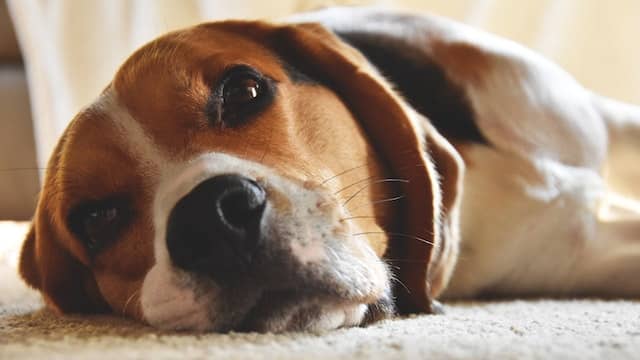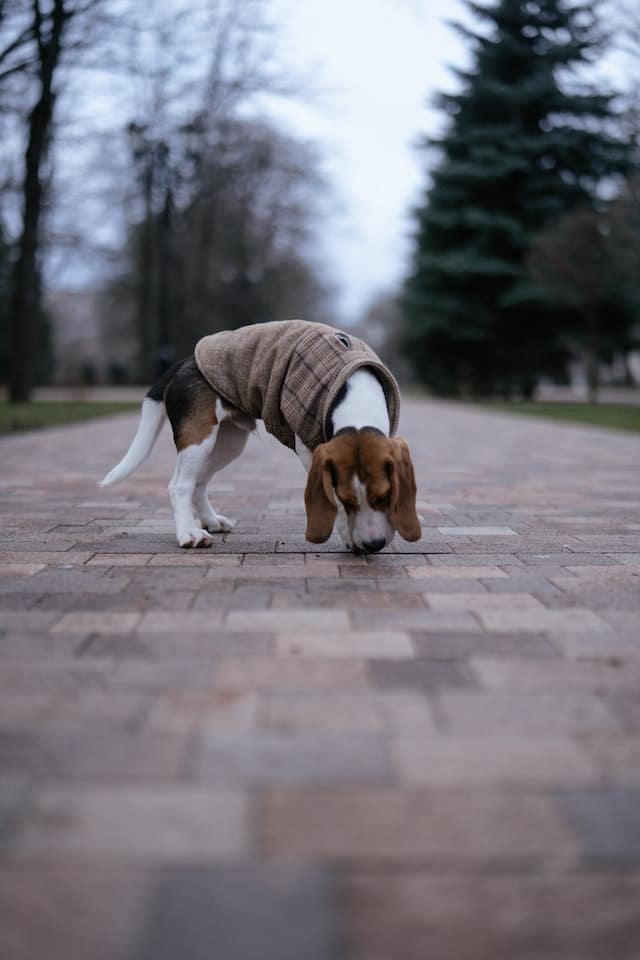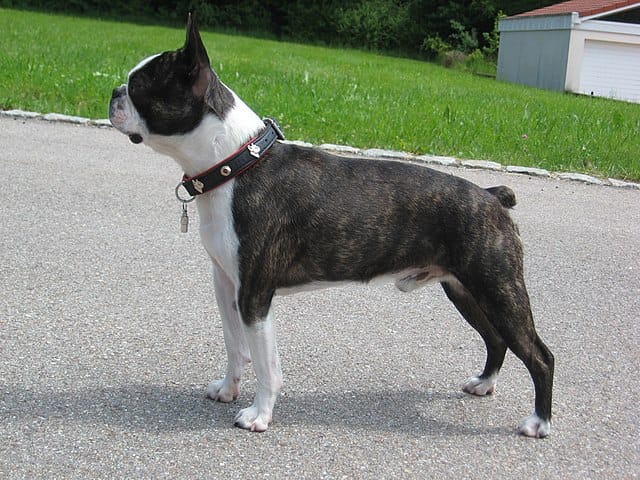Do Beagles Shed? Beagle Shedding
Do Beagles Shed? Beagle Shedding is a common concern among potential Beagle owners. In this article, we will explore the shedding habits of Beagles and provide you with some tips on how to manage their shedding. You will learn about the factors that contribute to Beagle shedding, such as their coat type and overall health. Additionally, we will discuss grooming techniques and products that can help reduce shedding and keep your Beagle looking and feeling their best. So, if you’re thinking about bringing a Beagle into your home, keep reading to learn more about their shedding tendencies and how to keep it under control.
Understanding Beagles
Beagles are a popular breed of dog known for their friendly and lovable nature. If you are considering bringing a Beagle into your family, one question that may come to mind is, “Do Beagles shed?” Shedding is a natural process that occurs in all dogs, and Beagles are no exception. However, the amount and frequency of shedding can vary from dog to dog. In this article, we will delve deeper into the shedding process in Beagles, factors that can affect shedding, how to manage shedding, and tips for keeping a clean home with a Beagle.
Physical characteristics of Beagles
Before we discuss shedding in Beagles, let’s first take a look at their physical characteristics. Beagles are medium-sized dogs with a sleek, short-haired coat. They have a smooth and dense double coat, which consists of a soft undercoat and a coarse outer coat. The coat colors can vary, but the most common are tricolor (black, white, and brown) or bicolor (tan and white). Beagles have a muscular build and a tail that is carried high. Overall, they have a compact and sturdy appearance.
The history and origin of Beagles
Beagles have a rich history and are believed to have originated in England several centuries ago. They were originally bred for hunting purposes, specifically for tracking small game such as rabbits and hares. Beagles have a keen sense of smell and relentless determination, making them excellent hunting companions. Over time, Beagles gained popularity as family pets due to their friendly and affectionate nature.
The Shedding Process in Beagles
An overview of Beagle shedding
Now that we have a better understanding of Beagles, let’s take a closer look at the shedding process in these dogs. Shedding is a natural process in which dogs’ old and damaged hair is replaced with new hair. It helps regulate their body temperature and eliminates dead or damaged hair. Beagles are considered moderate shedders and generally shed year-round. However, there are certain seasons, such as spring and fall, when they tend to shed more.
The frequency of shedding in Beagles
The shedding frequency in Beagles can vary from dog to dog. Some Beagles may shed more than others, depending on factors such as their genetics, overall health, and environment. It is important to note that shedding is a normal biological process and cannot be completely eliminated. However, there are steps you can take to manage and minimize shedding in Beagles.

Factors Affecting Beagle Shedding
Genetics and breed characteristics
Genetics play a significant role in determining the shedding tendencies of Beagles. If both parents of a Beagle have a heavy shedding coat, it is likely that their offspring will also shed heavily. On the other hand, if one or both parents have a low-shedding coat, there is a higher chance that their offspring will shed less. However, it is important to remember that genetics are not the sole determining factor, and other factors can also influence shedding.
Environmental factors
In addition to genetics, environmental factors can also affect Beagle shedding. Factors such as temperature, climate, and indoor living conditions can influence the shedding frequency and intensity. Beagles are adaptable dogs and can live both indoors and outdoors. However, they are more prone to shedding if they spend a significant amount of time outdoors, especially in warmer climates. Additionally, certain environmental allergens, such as pollen or dust mites, can trigger shedding in Beagles with allergies.
Managing Beagle Shedding
Regular grooming techniques
One of the most effective ways to manage shedding in Beagles is through regular grooming. Beagles have a short coat that is relatively easy to maintain. Regular brushing helps remove loose and dead hair, reducing the amount of hair that ends up on your furniture and clothing. Use a bristle brush or a rubber grooming mitt to brush your Beagle’s coat at least once a week. Brushing not only helps control shedding but also promotes healthy skin and coat.
Choosing the right grooming tools for Beagles
When it comes to grooming tools, choosing the right ones for your Beagle is crucial. A bristle brush or a rubber grooming mitt is ideal for Beagles as it effectively removes loose hair without causing any discomfort. Avoid using harsh brushes or combs that can irritate your Beagle’s skin. Additionally, using a de-shedding tool specifically designed for short-haired breeds can help remove the loose undercoat, further minimizing shedding.

Beagle Shedding vs. Other Dog Breeds
Comparison to non-shedding breeds
While Beagles do shed, their shedding is generally considered to be moderate compared to non-shedding breeds. Non-shedding breeds, such as Poodles or Bichon Frises, have hair that grows continuously and rarely sheds. This makes them a suitable choice for individuals with allergies or those who prefer a cleaner home environment. However, it is important to note that non-shedding breeds require regular grooming to prevent their hair from matting or becoming tangled.
Comparison to heavy-shedding breeds
On the other end of the spectrum, there are dog breeds that shed heavily. Breeds such as the Labrador Retriever or the German Shepherd shed more frequently and in larger quantities compared to Beagles. Their shedding can be more noticeable and may require more effort in terms of grooming and cleaning. If you are considering a Beagle but are concerned about shedding, it can be helpful to compare it to other breeds to determine which level of shedding is more manageable for you.
Minimizing Beagle Shedding in the Home
Useful tips for keeping a clean home with a Beagle
While it is impossible to completely eliminate shedding, there are several tips you can follow to minimize the amount of hair in your home. Regular vacuuming or sweeping of floors, furniture, and upholstery can help remove loose hair. Using washable covers on furniture can also make it easier to remove hair. Additionally, keeping your Beagle’s bedding clean and washing it regularly can help prevent excessive hair accumulation.
Preventing excessive hair accumulation
Preventing excessive hair accumulation requires proactive measures. Regular brushing of your Beagle’s coat can significantly reduce the amount of loose hair in your home. Investing in a good-quality air purifier can also help eliminate airborne allergens and hair particles, creating a cleaner and healthier indoor environment. Finally, ensuring your Beagle has a well-balanced diet with proper nutrition can promote healthy skin and coat, minimizing shedding.
Addressing Allergies and Beagle Shedding
Understanding allergy triggers in relation to Beagle shedding
If you or a family member are allergic to dogs, you may be concerned about Beagle shedding. Allergies are caused by a reaction to certain proteins found in dog dander, saliva, and urine. Shedding can contribute to the spread of these allergens in the environment. However, it is important to note that not all individuals with allergies are affected by Beagle shedding. Some people may be more sensitive to certain breeds or specific allergens, while others may not experience any symptoms.
Tips for managing allergies in households with Beagles
If you have allergies and are considering bringing a Beagle into your home, it is important to consult with your healthcare provider and consider the severity of your allergies before making a decision. Taking allergy medication as prescribed can help manage symptoms. It is also recommended to establish specific areas in the home that are designated as “dog-free” zones to minimize exposure to allergens. Regular grooming and cleaning can further reduce allergen levels in the home.

Professional Help for Beagle Shedding
Consulting a veterinarian
If you have concerns about your Beagle’s shedding, it is always a good idea to consult with a veterinarian. A veterinarian can assess your Beagle’s overall health and provide guidance on managing shedding. They can also help identify any underlying medical conditions that may be contributing to excessive shedding. Regular check-ups and preventive care can ensure that your Beagle remains healthy and their shedding is kept under control.
Considering professional grooming services
If you find it challenging to manage your Beagle’s shedding on your own, you may consider seeking professional grooming services. Professional groomers have the expertise and tools necessary to effectively manage shedding in Beagles. They can provide specialized services such as de-shedding treatments and baths that help remove loose hair. However, it is important to note that professional grooming services are an additional expense and should be considered based on your personal circumstances.
Conclusion
In conclusion, Beagles do shed, but the extent and frequency of shedding can vary. It is important to remember that shedding is a natural process and cannot be completely eliminated. By understanding the shedding process in Beagles, utilizing proper grooming techniques, and addressing any allergies or underlying health issues, you can effectively manage and minimize shedding. Beagles make wonderful companions and with the right care and maintenance, shedding can be a manageable aspect of owning a Beagle.







